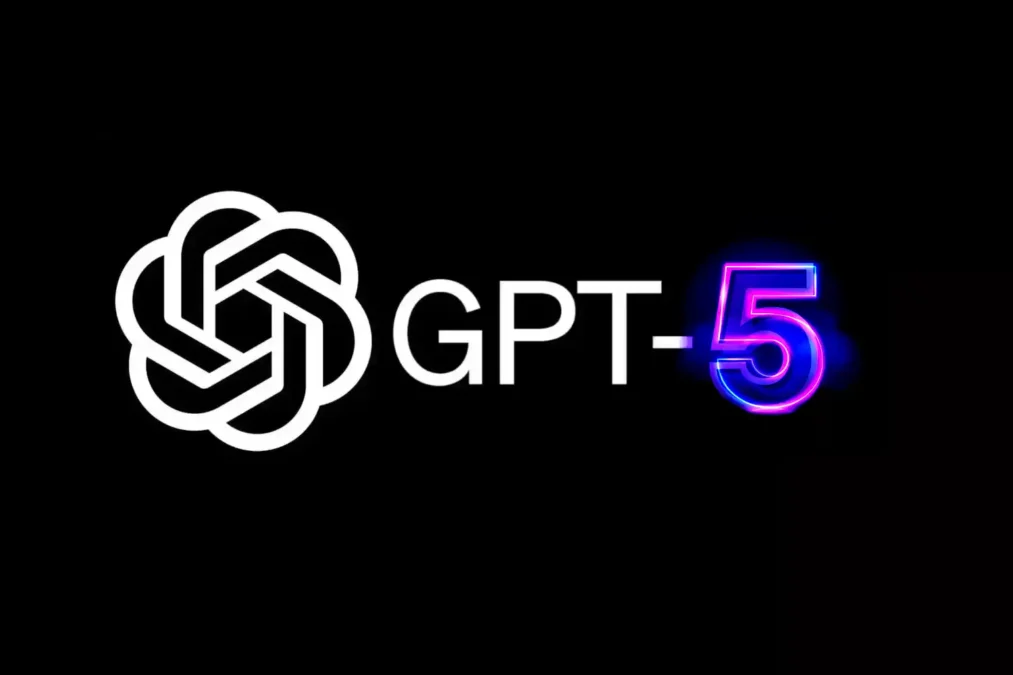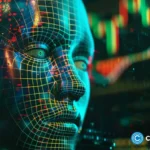In the realm of innovation and imagination, 2025 stands as a defining moment in the evolution of digital creativity. Two cutting-edge technologies—OpenAI’s GPT-5 and Sora—are at the forefront of this transformation. From writing and design to filmmaking and interactive content, these tools are not only enhancing productivity but redefining what it means to create in the digital age.
In this article, we will explore how GPT-5 and Sora are revolutionizing the creative industry, the impact on various sectors, the ethical considerations, and what the future might hold for the digital arts.
1. A New Era of Digital Creativity
Digital creativity refers to the process of creating content using digital tools and technology. This includes everything from writing blog posts and designing logos to creating animations, producing films, and developing virtual experiences. In 2025, the surge in AI capabilities has made digital creativity more accessible, efficient, and diverse.
GPT-5 and Sora exemplify this shift. They are not just tools—they are collaborative partners that assist creators in ideation, execution, and refinement. These models offer speed and scalability that were previously unimaginable.

2. What is GPT-5?
GPT-5 is the latest language model developed by OpenAI. Building upon the advancements of its predecessor, GPT-4, it offers improved accuracy, contextual understanding, and creative output. With its multimodal capabilities, GPT-5 can understand and generate content in text, images, and even code.
Key Features:
- Multimodal Input: Understands text, images, and audio.
- Contextual Mastery: Maintains coherence across long-form content.
- Creative Suggestions: Offers human-like ideation in writing, branding, storytelling, and more.
- Code and Content: Can build websites, generate scripts, and offer debugging advice.
3. What is Sora?
Sora is OpenAI’s powerful video generation model. It takes text prompts and turns them into hyper-realistic videos. Imagine typing “a futuristic city skyline at sunset with drones flying” and receiving a cinematic-quality video in seconds. That’s Sora in action.
Key Features:
- Text-to-Video Creation: Converts textual input into high-definition video.
- Dynamic Scene Generation: Builds complex environments and animations.
- Creative Control: Users can specify time, setting, action, and emotion.
- Industry Use: Film, advertising, education, and gaming.
4. Content Creation Redefined
4.1 Writing and Storytelling
GPT-5 is transforming how stories are conceived and written. Writers use it to brainstorm plot twists, develop characters, or even co-write entire novels. With better tone control and narrative understanding, GPT-5 acts as a real-time editor and co-author.
Example Use Case:
A fantasy novelist uses GPT-5 to outline a trilogy and generate chapter summaries. GPT-5 offers alternate endings, character arcs, and poetic expressions.
4.2 Visual Content and Graphic Design
While GPT-5 handles text and concepts, Sora brings them to life. Designers and content creators now input ideas in natural language and receive video clips, animations, or graphic suggestions. This saves hours of manual work and lets them focus on creative decisions.
Example Use Case:
A content marketer needs a 30-second product teaser. They describe the tone, style, and key moments to Sora, which generates a prototype ready for feedback and refinement.
5. The Democratization of Creativity
Perhaps the most profound impact of these technologies is how they democratize creativity. Digital creativity is no longer limited to professionals with years of training or access to expensive tools.
5.1 Accessibility for All
Students, startups, freelancers, and hobbyists now have access to enterprise-grade creative assistance. GPT-5 and Sora level the playing field.
5.2 Language and Culture Inclusivity
GPT-5 supports dozens of languages with contextual awareness, allowing creators from diverse cultures to express their stories authentically. Sora adds visual storytelling to the mix, enabling a richer cultural narrative.
6. The Role of GPT-5 and Sora in Industry
6.1 Advertising and Marketing
Marketers use GPT-5 to generate ad copy, SEO content, campaign slogans, and customer personas. Sora visualizes the campaigns into video ads with stylistic precision.
Benefit: Cost reduction, campaign variety, and rapid A/B testing.
6.2 Education and E-Learning
Educators use GPT-5 to build dynamic lesson plans, quizzes, and summaries. Sora adds a visual layer by creating tutorial videos or historical reenactments.
Benefit: Personalized learning, engagement, and accessibility.
6.3 Gaming and Metaverse
Developers create game plots, dialogue trees, and interactive narratives using GPT-5. Sora generates immersive cinematic sequences and game trailers.
Benefit: Faster prototyping, engaging world-building, and better narrative immersion.
6.4 Film and Animation
Independent creators use Sora to produce storyboards, trailers, and full scenes. GPT-5 helps with screenwriting, dialogue enhancement, and storytelling.
Benefit: Reduced pre-production costs, enhanced creative expression.
7. Ethical and Creative Challenges
With great power comes great responsibility. While the capabilities of GPT-5 and Sora are immense, they also raise important ethical questions.
7.1 Originality and Copyright
As AI-generated content becomes indistinguishable from human work, how do we define originality? Creators must navigate copyright laws and proper attribution.
7.2 Deepfakes and Misinformation
Sora’s realism can be misused to create deepfakes or misleading visuals. Clear policies and watermarking mechanisms are essential to maintain authenticity.
7.3 Creative Dependency
As creators rely more on AI, there’s a risk of losing the human touch. It’s vital to strike a balance where AI enhances, not replaces, original thought.
8. The Future of Digital Creativity
The fusion of GPT-5 and Sora is just the beginning. Future iterations may include:
- Real-time collaboration with AI avatars
- Augmented reality storytelling tools
- Emotionally responsive content generation
- Decentralized creative platforms powered by blockchain
These developments will expand the definition of digital creativity beyond content production to include interaction, personalization, and immersion.
9. Real-World Success Stories
Case 1: Indie Filmmaker Creates a Viral Short Film
A one-person team used GPT-5 to write a screenplay and Sora to generate visual sequences. The result? A short film that went viral on YouTube and landed them a Netflix pitch meeting.
Case 2: EdTech Startup Builds a Global Learning Platform
An education startup used GPT-5 to create multilingual lesson modules and Sora to animate science experiments. Within six months, they were adopted by 100+ schools globally.
10. Conclusion
GPT-5 and Sora are not just tools—they are co-creators in the digital age. By enhancing ideation, accelerating production, and expanding accessibility, they are transforming digital creativity in ways previously confined to science fiction. As we continue into 2025 and beyond, the relationship between human imagination and artificial intelligence will become more synergistic, unlocking new forms of expression, collaboration, and innovation.
The future of digital creativity is here—and it’s powered by intelligence, both artificial and human.
Frequently Asked Questions (FAQs)
Q1: What is digital creativity?
A: Digital creativity is the use of digital tools and platforms to produce content such as writing, videos, designs, games, and experiences.
Q2: What makes GPT-5 different from GPT-4?
A: GPT-5 offers multimodal capabilities (text, image, code), improved coherence in long-form writing, and better contextual understanding.
Q3: How does Sora work?
A: Sora transforms text prompts into high-quality video content using deep learning and generative video models.
Q4: Can beginners use GPT-5 and Sora?
A: Yes, both tools are user-friendly and designed to assist creators at all levels—from novices to professionals.
Q5: Is content created by GPT-5 and Sora original?
A: Yes, but it’s recommended to review and refine AI-generated content to ensure uniqueness, especially in commercial use.
Q6: Are there ethical concerns with using Sora?
A: Yes. Deepfakes and misinformation are key concerns. Clear labeling, watermarking, and ethical guidelines are essential.
Q7: What industries benefit most from these tools?
A: Marketing, education, film, gaming, and content creation industries are the top beneficiaries.



